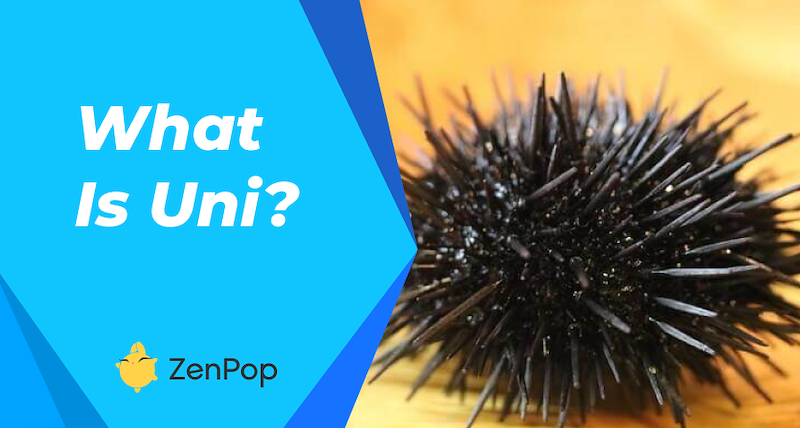
</title><meta name="robots" content="noindex"> What is Uni? Everything you need to know.
Uni is the edible part of the sea urchin, a spiky sea creature found in oceans around the world. Uni is considered a delicacy in many countries, especially Japan, where it is a popular ingredient in sushi.
What are Uni?
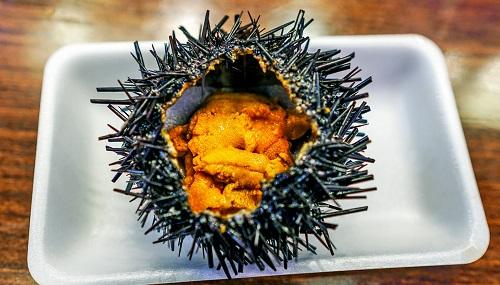
In many cultures throughout the world, sea urchins—those spiny, rounded small creatures—move gently across the coral and rocks at the ocean's bottom. Uni may take some getting used to, but it has lots of health advantages and is is said to be aphrodisiac. We're investigating what makes the hedgehog of the sea so exceptional and in demand.
The limited amounts of edible meat inside sea urchins are particularly sensitive, and they are difficult to collect from any of the oceans in the world. Uni, also known as the gonads or corals, is the sex organ that produces roe despite commonly being dubbed sea urchin roe. They have the consistency of a hard custard and are typically orange or yellowish. They do resemble tongues.
Sea urchins can be quite expensive because they need to be harvested with a lot of effort and cleaned carefully. They are often supplied fresh and can be challenging to locate outside of a sushi bar or Asian market. Fresh uni must be vividly colored, firm, and not very leaky with liquids.
One of the few surviving foods still gathered from the wild is uni, which is virtually always hand-cut by qualified scuba divers. But, in some regions of Japan, women attempt this feat. They practice for years to plunge into freezing water and maintain their breath for extended periods of time.
What Does Uni Taste Like?
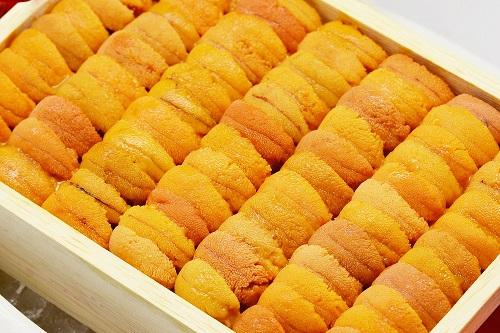
Uni has a rich, buttery, and slightly sweet taste that is hard to describe. It is often compared to the taste of oysters or raw scallops. The texture of uni is creamy and custard-like, with a slightly grainy texture.
How to Choose Uni?
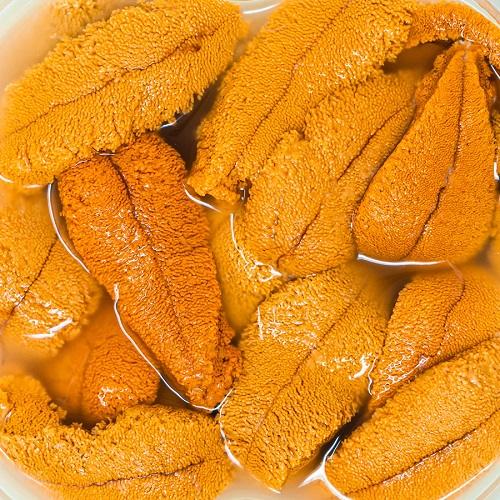
When buying uni, look for bright yellow or orange-colored roe with a firm texture. Avoid uni that has a slimy or wet appearance, as this indicates that it may be old or not fresh. Uni should have a mild aroma of the sea, without any fishy or unpleasant smell.
How to Store Uni?
Fresh uni should be consumed as soon as possible, ideally on the same day of purchase. If you need to store it, wrap it tightly in plastic wrap and store it in the coldest part of your refrigerator. Uni should be consumed within 2-3 days of purchase.
How to Prepare Uni?
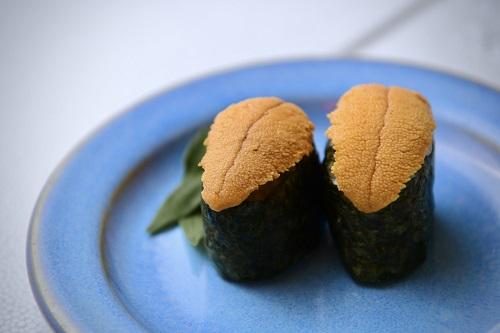
Uni is primarily eaten as sushi, which is a delicacy of Japan. A minor sea urchin industry developed in North America in the 1980s in response to the overfishing of Japanese waters, and today practically all of the uni consumed in the United States comes from the Californian coast.
Uni can be served raw, cooked, or as a topping for sushi wrapped in Nori. To prepare raw uni, gently rinse it in cold water and pat dry with a paper towel. You can serve it as is or with a sprinkle of sea salt and a squeeze of lemon juice.
To cook uni, lightly sauté it in butter or olive oil until it turns opaque and slightly firm. Avoid overcooking uni, as it can become tough and rubbery.
Uni can also be used as a topping for sushi, sashimi, or served with pasta or risotto. Its delicate flavor pairs well with citrus, soy sauce, and miso.
Conclusion
In conclusion, uni is a delicious and nutritious seafood delicacy that can be enjoyed in many ways. Whether served raw or cooked, uni's rich and buttery flavor and creamy texture make it a popular ingredient in sushi and other dishes. By following our guide on choosing, storing, and preparing uni, you can enjoy this delicious delicacy at home and impress your guests with your culinary skills.
Want to try some uni-flavored snacks? Check out or ZenPop Japanese Snack box, where we might feature some in the next box!

